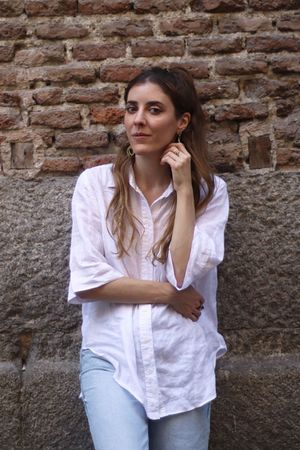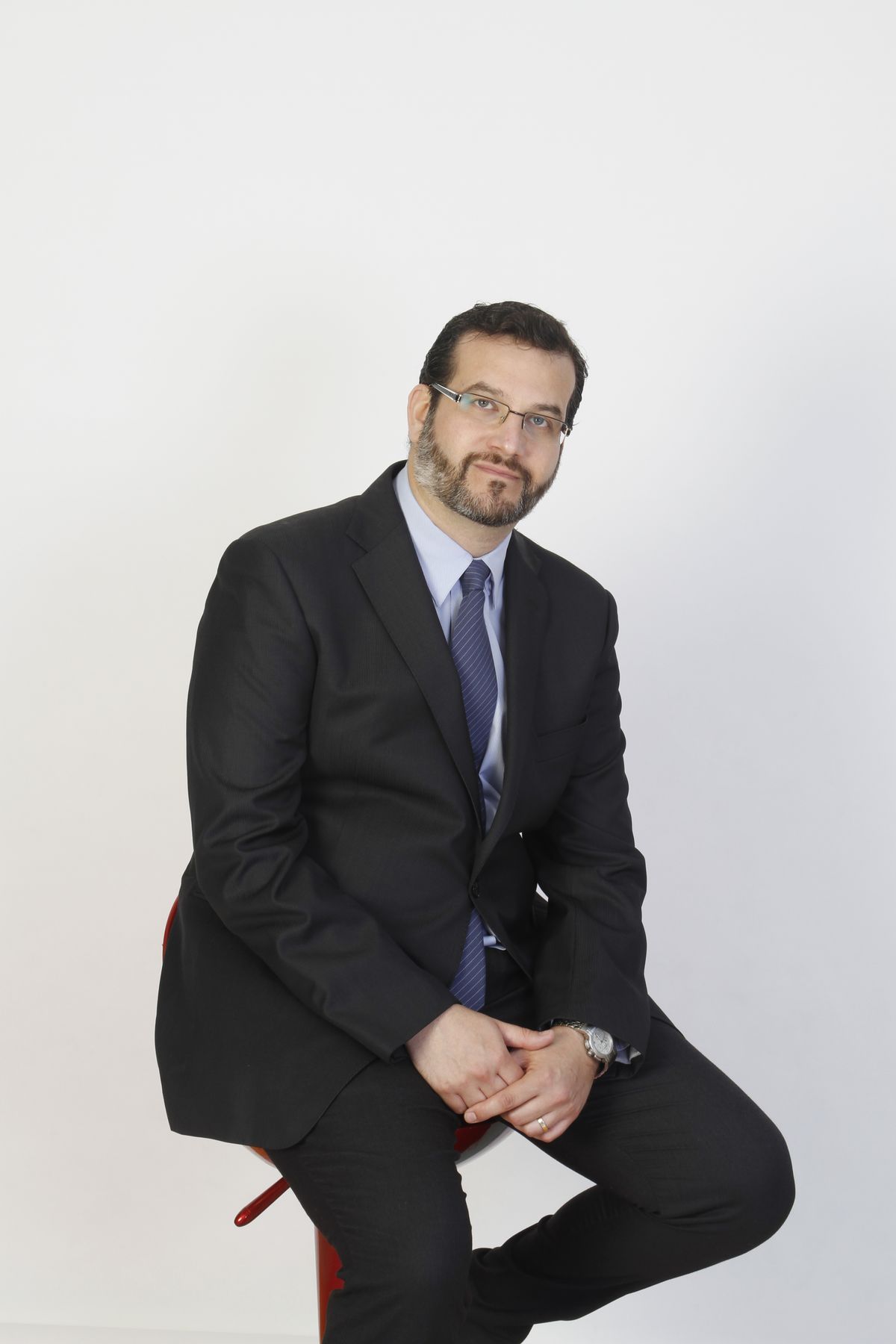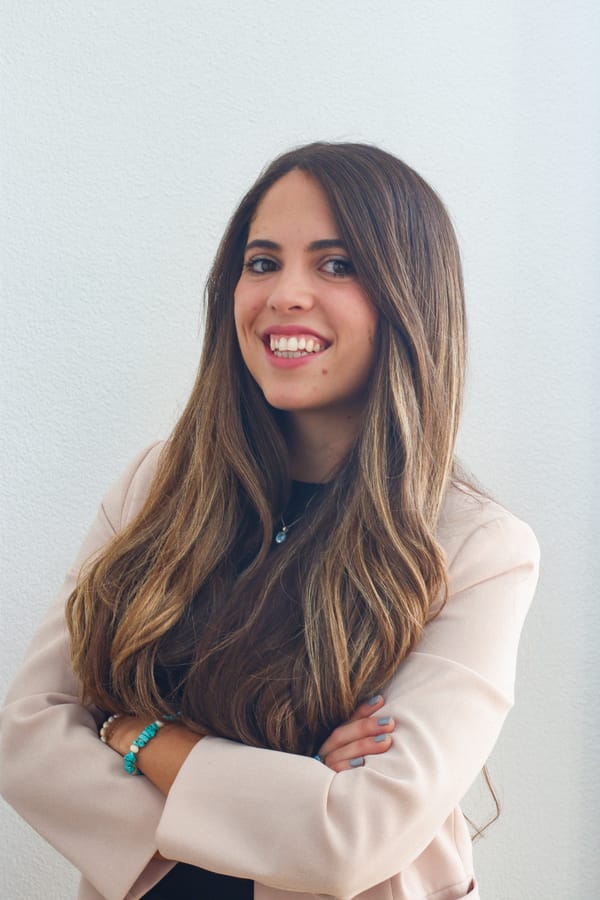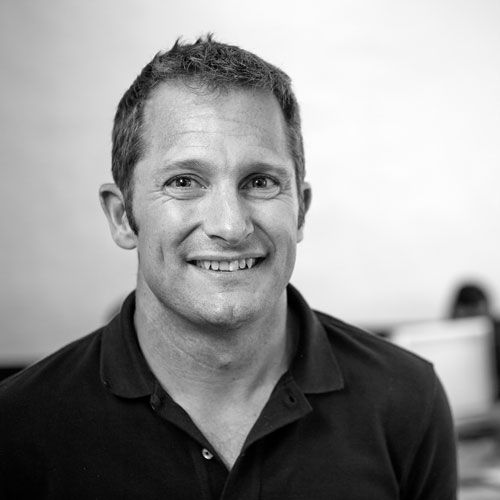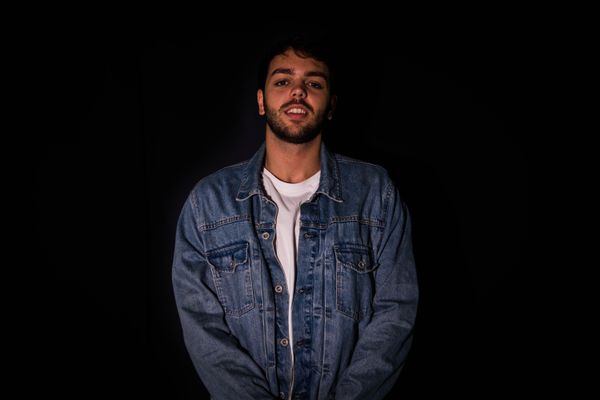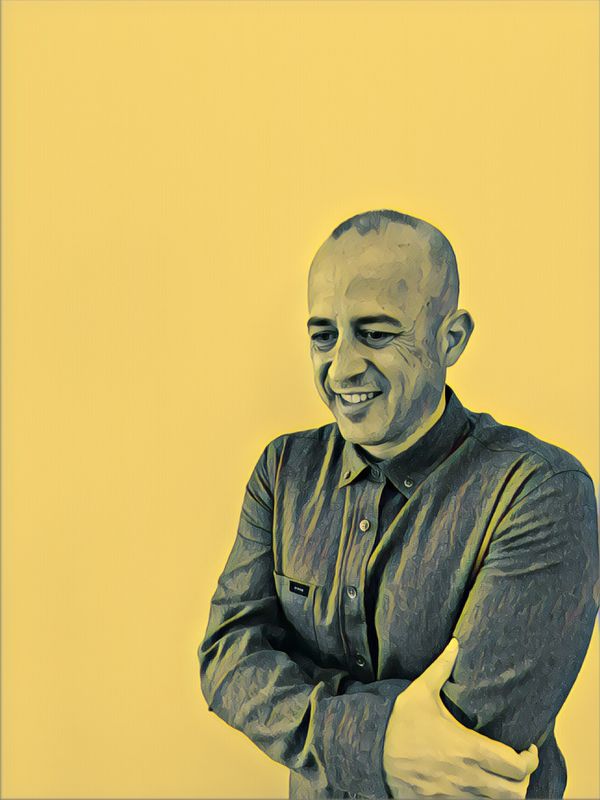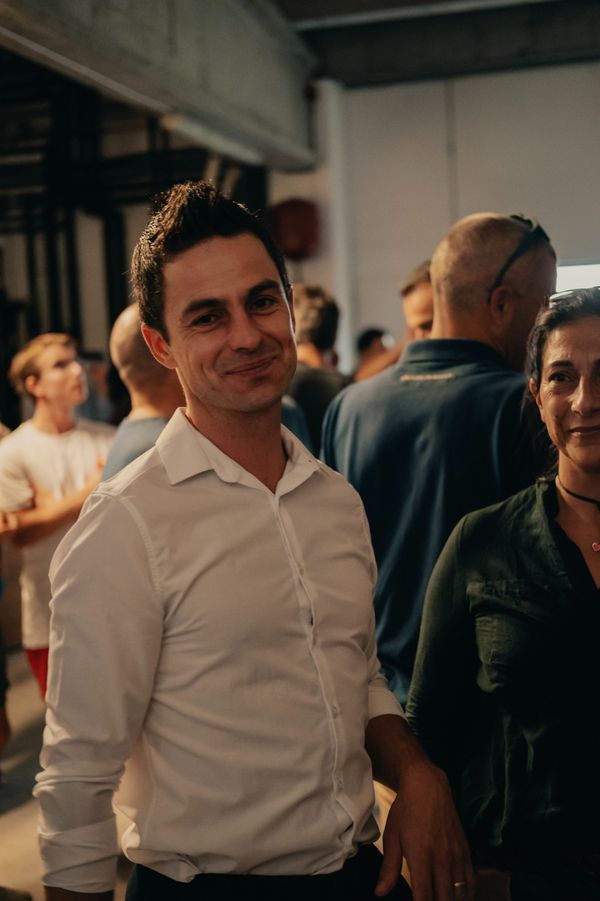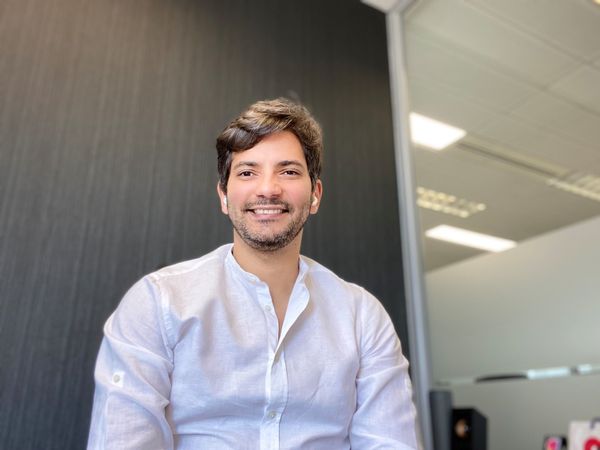Barcelona, Spain
A stroke's devastating effects will likely directly or indirectly impact you at some point. They occur every two seconds worldwide, with acute ischemic stroke (AIS) accounting for 87% of all cases.
A new acute ischemic stroke* occurs every 40 seconds in Europe alone. Stroke is one of the world's leading causes of death and disability, carrying profound personal, societal, and economic burdens. In Spain, it results in more than 36,000 lost lives each year and a staggering annual financial toll of €1,244.8 million.
But stroke is more than just a statistic; it's a harrowing reality affecting the lives of countless individuals and their families. Paralysis, speech difficulties, and memory loss are only a few of its devastating repercussions. Hitting silently and without warning, stroke onset initiates a race against time. In those critical moments, the speed and efficacy of medical intervention can mark the difference between full recovery and a life altered or lost. When a stroke occurs, every second counts.
Anaconda Biomed, a Barcelona-based medical device startup, is at the forefront of today's new technology and stroke treatment developments. Co-founded by Israeli entrepreneur Ofir Arad, Anaconda focuses on developing next-generation neurothrombectomy* systems to treat acute ischemic strokes, aiming to change the trajectory of stroke treatment and minimize deaths and disability. Imagine a device that can swiftly restore blood flow to the brain. For stroke patients, this isn't just technology; it's a chance to save their lives.
A quest for impact
With a degree in Chemical Sciences from Institut Químic de Sarrià and a Ph.D. in Organic Chemistry from Universitat Ramon Llull, Dr. Ofir Arad has accumulated more than 20 years of expertise in the biomedical field. His journey has been characterized by scientific exploration and development, ranging from pharmaceutical compounds for Cancer Photodynamic Therapy* to advanced materials for medical devices.
Dr. Arad's ambition had always been crystal clear: he wished to create an impact through his work. The healthcare sector had always captivated his interest, but his journey was far from linear. His early professional days were spent in the pharmaceutical compounds industry, where he realized that, despite putting in countless years of scientific exploration and hard work, the journey from laboratory to pharmacy shelves is never an assured path. "The probability that a chemist synthesizes a drug and that it actually reaches the market is very low," he states. Between 2011 and 2020, developmental Phase I drug candidates had an approval rate of only 7.9%.
Taking a turn to the medical device industry, Dr. Arad started working on polymers for medical devices in cardiology. The cardiology sector has flourished since the 90s, embracing advancements such as catheters and stents. Neurology, on the other hand, was lagging behind.
Initially, one of the primary treatments for acute ischemic strokes was tissue plasminogen activator (tPA) drugs, also termed thrombolytic therapy. This involved intravenous administration of drugs during the critical hours following stroke onset to dissolve clots blocking cerebral blood flow.
Yet, according to Dr. Arad, medical practitioners had a hunch that endovascular treatment, a procedure performed through minimally invasive catheter techniques directly on the arteries, could be superior at treating these conditions. However, the randomized trials failed to provide conclusive evidence. "It wasn't possible to demonstrate something that's quite obvious; that if there's an obstruction in an artery in the brain, the best thing to do is to remove the clot that's causing the blockage," he explains.
Building a foundation for the company
The foundation for Anaconda then stems from a fundamental dilemma: how do you remove a large clot from a small artery? Logically, a catheter should be smaller than the artery to fit within it properly. However, if clots obstruct the passageway, it's because they have the same diameter as the artery.
"Anaconda's solution is akin to what anacondas do — swallow larger prey by opening their mouth wide. Our catheter opens up like a mouth," Dr. Arad explains. The thrombectomy device then allows total thrombus extraction without fragmentation.
The initial drafts for the device started in 2013. Dr. Arad and Dr. Marc Ribó, an interventional neurologist at Hospital Vall d'Hebron, teamed up and started working on the concept. Dr. Ribó is the principal investigator of the Stroke Research group of the Vall d'Hebron Research Institute (VHIR). His work primarily concerns cerebrovascular diseases, particularly emphasizing the acute phase of ischemic stroke. Since his early beginnings, he has actively participated in various clinical trials and research projects within the field.
With an unshakable belief in their vision, Dr. Arad presented the project to his then-employer, but he was rejected: "The response was that the clinical studies were not yielding positive results; they had other priorities, and other projects in cardiology. The neurology market is much smaller than the cardiology market, and essentially, they weren't interested. But they allowed me to work on it during my free time."
Unfazed by the challenges, they continued developing the prototypes and working on the patents. With a clearer idea, Dr. Arad approached his company again, offering them another opportunity to invest in the project. But history repeated itself as they turned down the proposition once more.
Anaconda Biomed was officially registered at the beginning of 2015. The trademarked device is named ANA Advanced Neurovascular Access. Just a few months later, Dr. Arad submitted his resignation and embarked on a quest for funding.
As fortune would have it, an unexpected development pushed them forward: "The very same month we registered Anaconda as a company, a publication came out stating that endovascular treatment was superior to the best therapy, tPA. So, essentially, people started to envision that the same growth that had been observed in the 1990s in cardiology was going to occur in neurology."
Financial milestones
From then, getting funding became a more straightforward task. Between 2015 and 2017, Anaconda embarked on a series of investment rounds. Initial support came from family and friends, paving the way for angel investors next. However, it was in 2017 that the company had a significant breakthrough: Anaconda Biomed secured its first round of funding from institutional investors, obtaining €15 million in series A investment and marking the largest funding round for a medical device in Spain at that time.
"In 2017, in Spain, specifically in the Barcelona area, there is a significant pharmaceutical industry, but there isn't as much of a medical device industry. This kind of funding is common in San Francisco [and] Northern Europe, but it's not as common in Spain. Now, larger funding rounds are happening more and more. But in the medical device field, we were one of the pioneers," Dr. Arad points out.
The company has received funding from leading life science investment firms such as Ysios Capital, Omega Funds, and Innogest, as well as Banco Sabadell, Asabys, and other private investors. With nearly 1 in 6 people at risk of experiencing an ischemic stroke during their lifetime, the device was not only innovative, but it also touched on a crucial matter that hits close to home for many: "There was a lot of sensitivity because many people, many investors we approached, had experienced a close encounter with a stroke case and were emotionally sensitive and affected, and this also helped us in obtaining this funding."
After years of hard work and dedication, Dr. Arad finally found others who shared his vision and desire to make a difference. The development of technology of this magnitude demands substantial funding, but this goes beyond financial support; it shows the far-reaching significance of Anaconda's mission.
Dr. Arad's approach is to proceed slowly and embrace the long game. In line with this deliberately gradual approach, Anaconda refrained from commercializing its first-generation device, even with its impressive technical results: "As a small company, we only have one chance to make a good first impression. The doctors' opinion was that, despite the very good efficacy results, the first generation was still complicated to use. So, we developed a second generation that was easier to use, and now we're in the phase of completing the first clinical trial. What's left is to conduct a pivotal trial, which is required for regulatory approval, mainly from the FDA. That's our goal. The American market, which constitutes 50% of the global market, is where we want to be."
In 2021, the company secured a €10 million investment from the European Investment Bank (EIB) to support the development of this second generation of the device. While not in the commercialization stage yet, clinical outcomes are promising, signaling a notable advancement in stroke treatment. Mechanical thrombectomy devices are becoming a game-changing procedure in the industry. Regarding Anaconda Biomed's ANA device, the latest studies confirm a substantially higher suction force than other devices on the market while also confirming high reperfusion rates*.
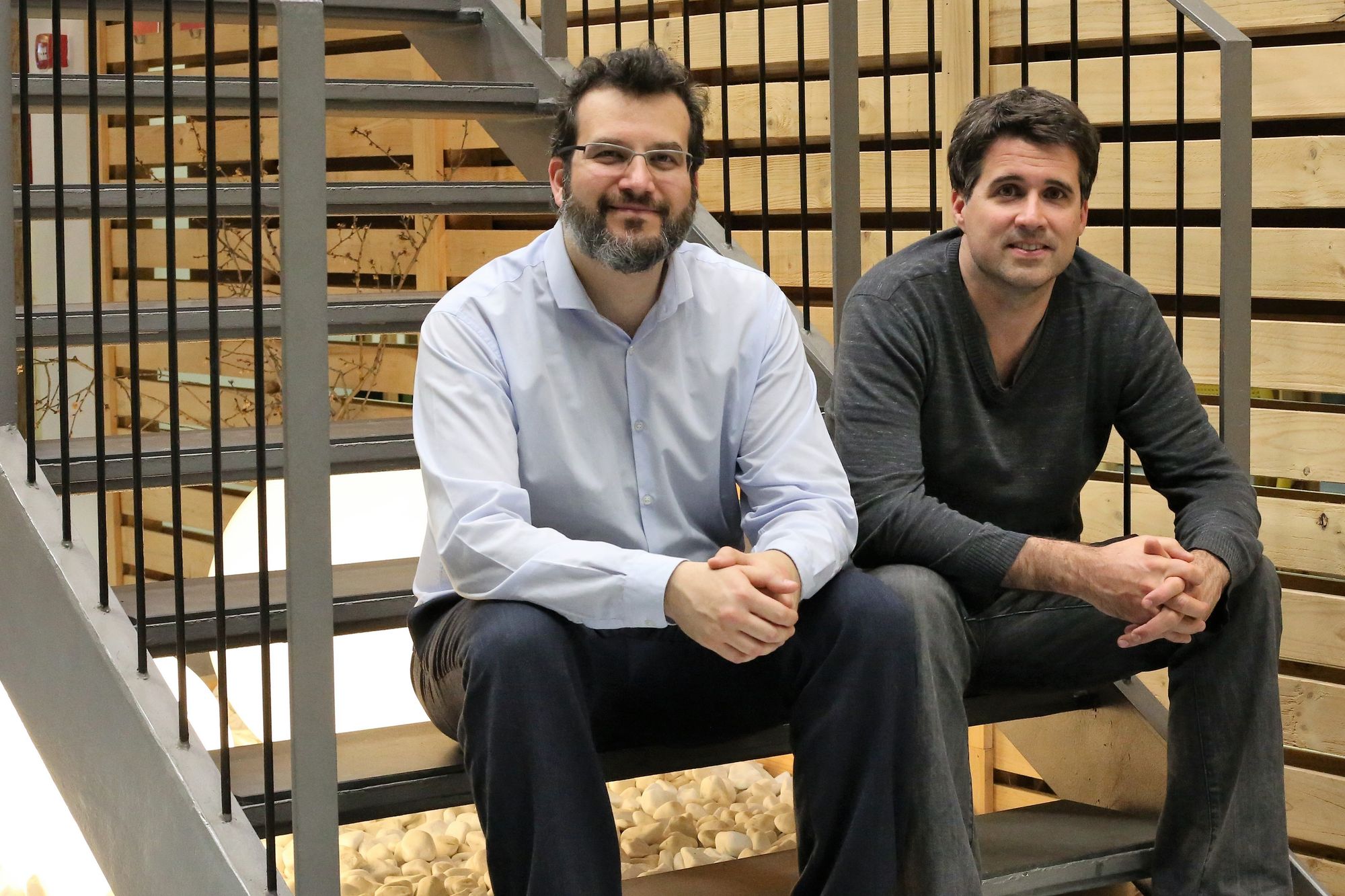
A collaborative approach
From its early beginnings, Dr. Arad and co-founder Dr. Ribó envisioned Anaconda as an international company, and that has always driven their funding efforts: "We've always looked for funding not only in Spain but internationally as well. This project has always been conceived as one with international impact because our goal isn't just to create another thrombectomy device and start selling quickly. Our goal is to develop the best treatment for stroke."
Despite being located in Spain, the company embraces an international collaborative approach, with manufacturing and testing partners in Germany and Ireland and a core laboratory in the United States. "No company can have all the resources to conduct all the research in-house. Even if we had the tools here, many trials are conducted externally because validation by an external laboratory carries more weight," he says.
Looking ahead
Among these achievements and aspirations, Dr. Arad is well aware of a significant challenge in the industry. While the health sector may not be as susceptible to global economic crises as some other fields, it's impacted by the issue of raw material shortages, as exemplified by COVID. When China closed down, it triggered a cascade of factory closures worldwide, leading to the depletion of essential stocks. In response, bigger corporations began to stockpile materials, making it harder for small companies and startups like Anaconda to get their hands on these vital resources.
This prompted the company to take proactive measures: "One of the reasons we're setting up this facility here in Sant Quirze, Barcelona, is to gain more control over these processes and try to speed things up. It's wonderful to have a device that works, but we have to be capable of manufacturing it in quantities that can reach the patients. That's our challenge, in line with the challenges that the industry as a whole faces. What we are trying to do, or are in the process of internalizing, is the part of our distinctive new technology, which is where the catheter tip opens, what we call the funnel. We are setting up a manufacturing facility that's currently undergoing validation."
The collective benefit
Even as some processes are being brought in-house, Dr. Arad has a firm conviction, to which he has remained faithful since day one: creating something for the collective benefit. This includes ensuring that Anaconda's solution is accessible to all patients, even if it requires diluting or sacrificing ownership: "We want this to reach hundreds of thousands of patients, and there are companies that already have an established infrastructure to bring these products to the market. It's easier to leverage this existing infrastructure rather than reinventing the wheel or setting up a large sales network for a single product or a very limited number of products. It's a logical evolution that would benefit everyone."
In this sense, this aspect has proven pivotal throughout Dr. Arad's journey. He would also offer this advice to fellow entrepreneurs, particularly in the biomedical field. When it comes to health, the primary focus should always be serving the community, understanding that this altruism holds the potential to drive positive change. "Realize that it's better to have a percentage of something than a hundred percent of nothing. The idea has limited value in the end; execution is what matters. Surround yourself with people who know more than you do and be willing to relinquish. You have to let go of the desire to hoard percentage ownership. If this is truly going to succeed, you have to share it," he says.
As Anaconda Biomed moves ahead to revolutionize ischemic stroke treatment, its vision extends beyond the device. With each clinical breakthrough, we get closer to changing the statistics, approaching a world where stroke victims experience faster recoveries and fewer complications. Anaconda Biomed's dedication isn't just about advancing medical science; it's about creating a brighter future.
Footnotes
*Unlike a hemorrhagic stroke, an ischemic stroke happens when a blood clot reduces blood flow to part of the brain, depriving it of oxygen.
*The surgical removal of a blood clot from a blood vessel in the brain.
*Treatment that combines light energy with particular drugs (photosensitizers) to kill cancerous and precancerous cells. These photosensitizing agents are activated by a specific wavelength of light energy, usually from a laser. Photodynamic Therapy (PDT) may also be called photo radiation therapy, phototherapy, or photo-chemotherapy.
*The restoration of blood flow to an organ or tissue that has had its blood supply cut off.
